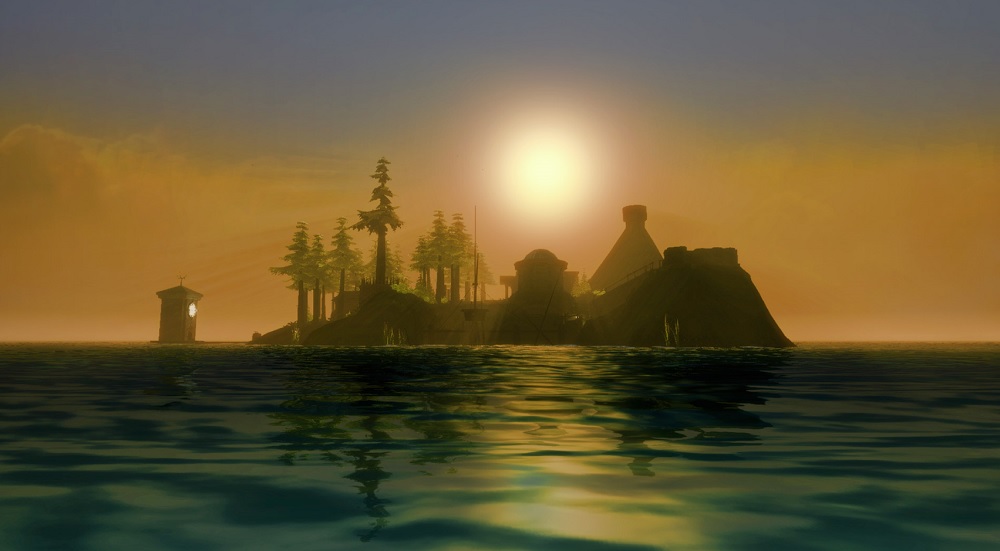Rand Miller has dedicated most of his professional life to the Myst video game series and its fans. That’s why Miller, co-founder of Cyan Worlds in Spokane, Wash., announced a deal last week to create a new television show based on the Myst franchise.
The transmedia project involves not only a TV show with Legendary Television and Digital Media but other sorts of interactive media as well. Myst is one of the most successful game series of all time. The title and its sequels have sold more than 15 million copies, and Myst has a direct awareness with more than 40 million players, according to Cyan. The idea for the TV show has been percolating for a decade, said Blake Lewin, Cyan’s head of business development, in an interview with GamesBeat.
![]()

![]()